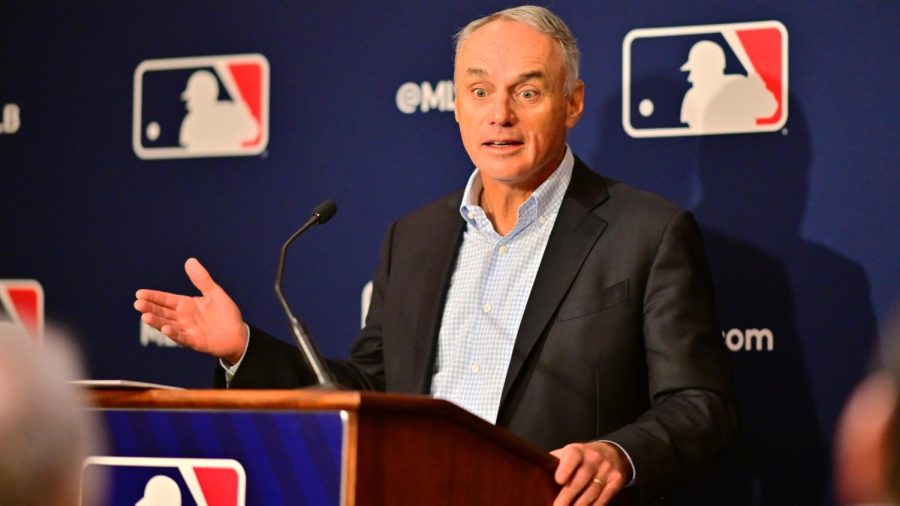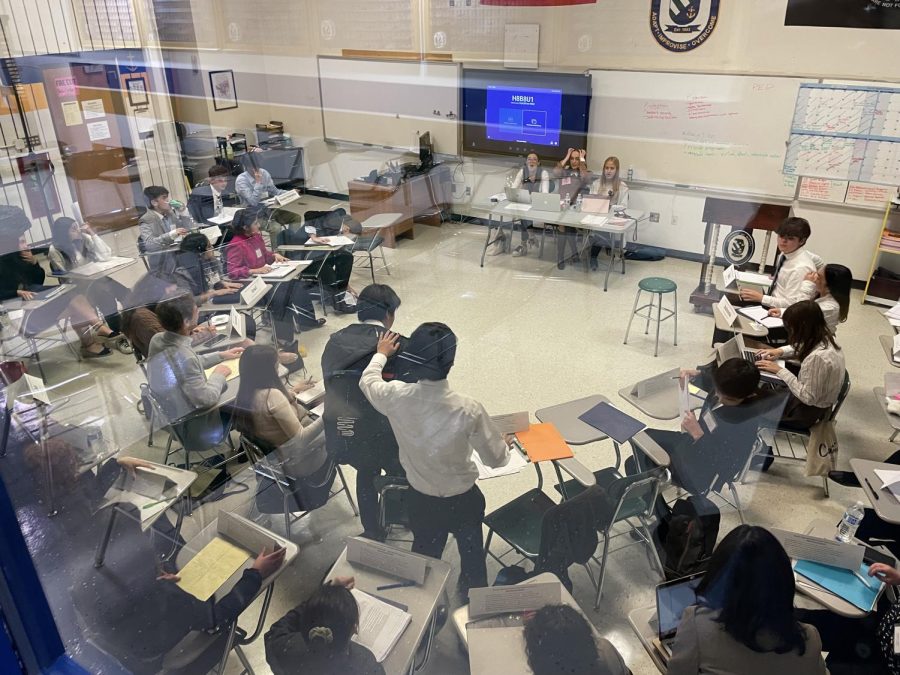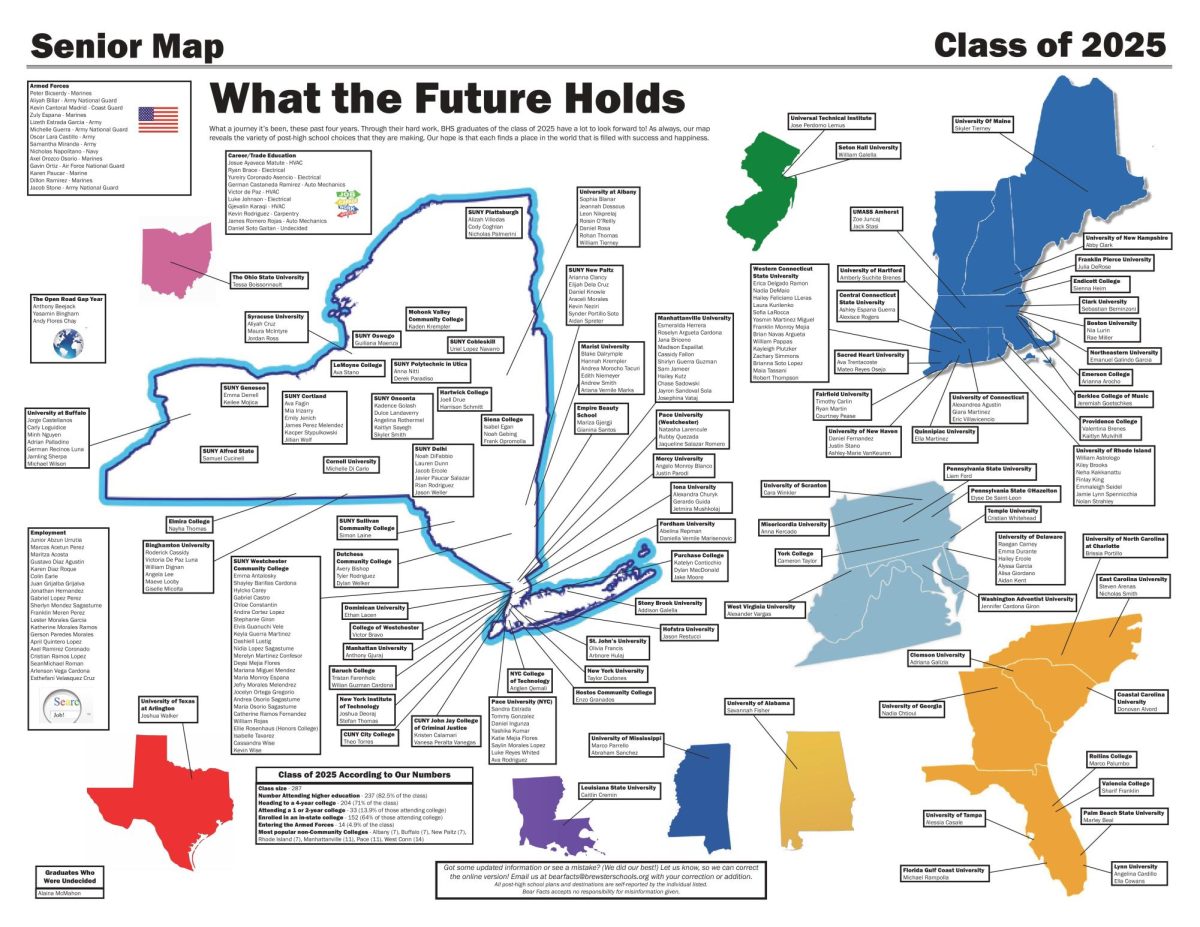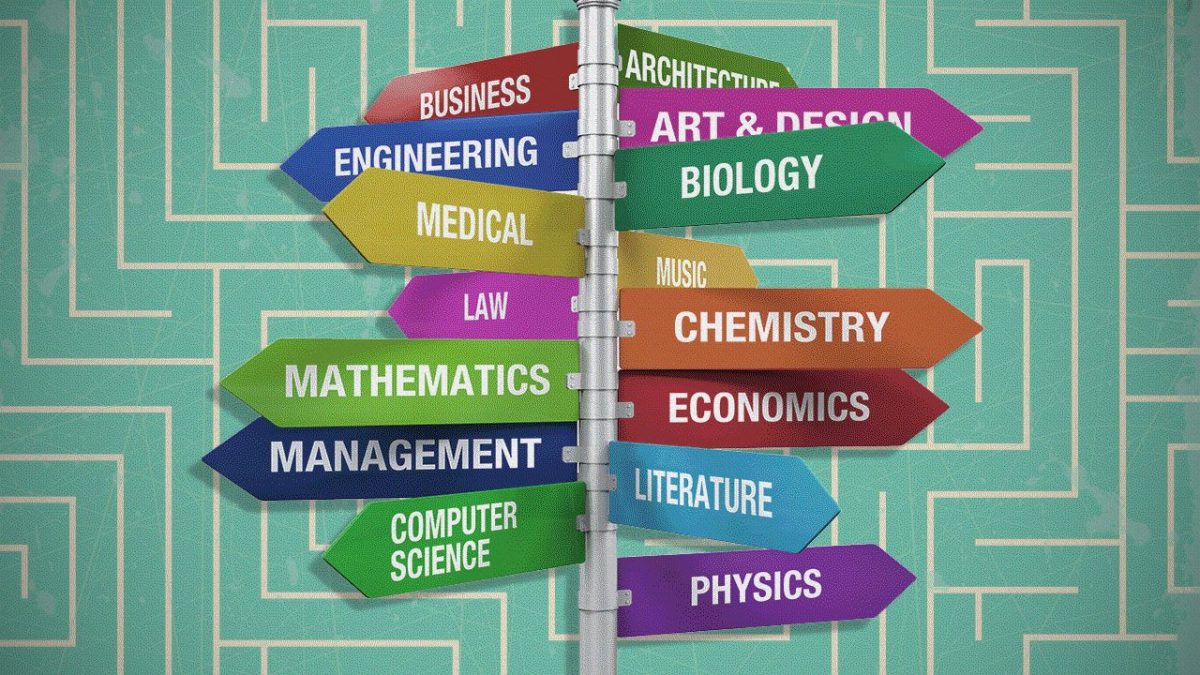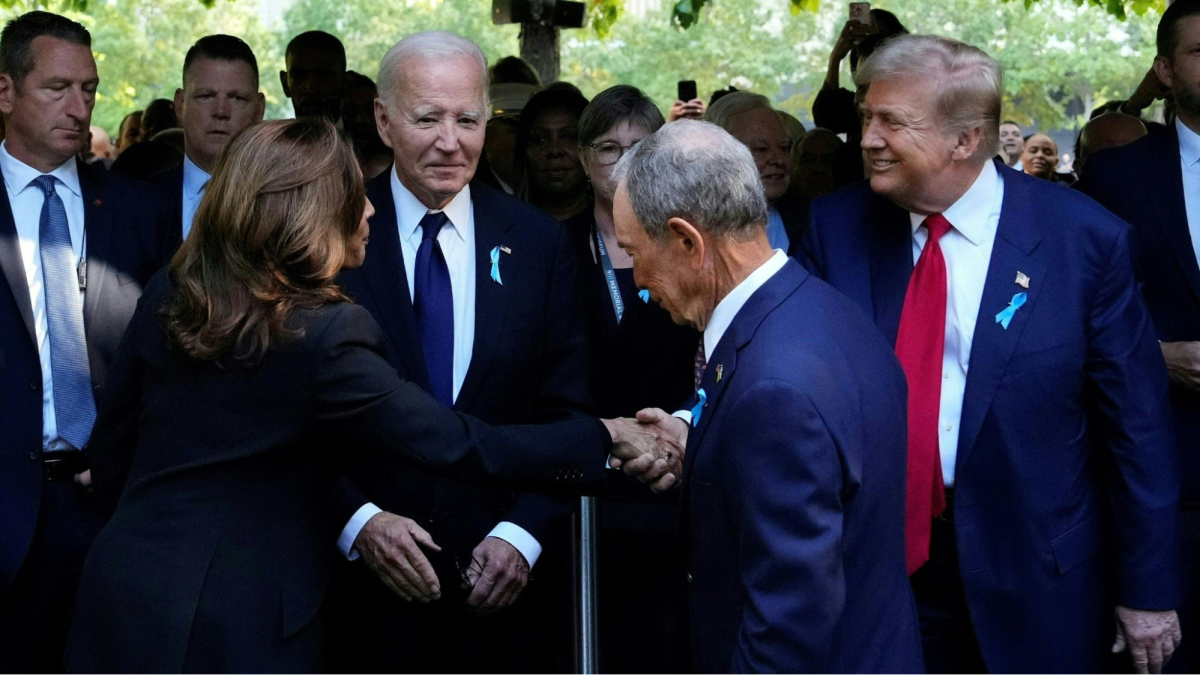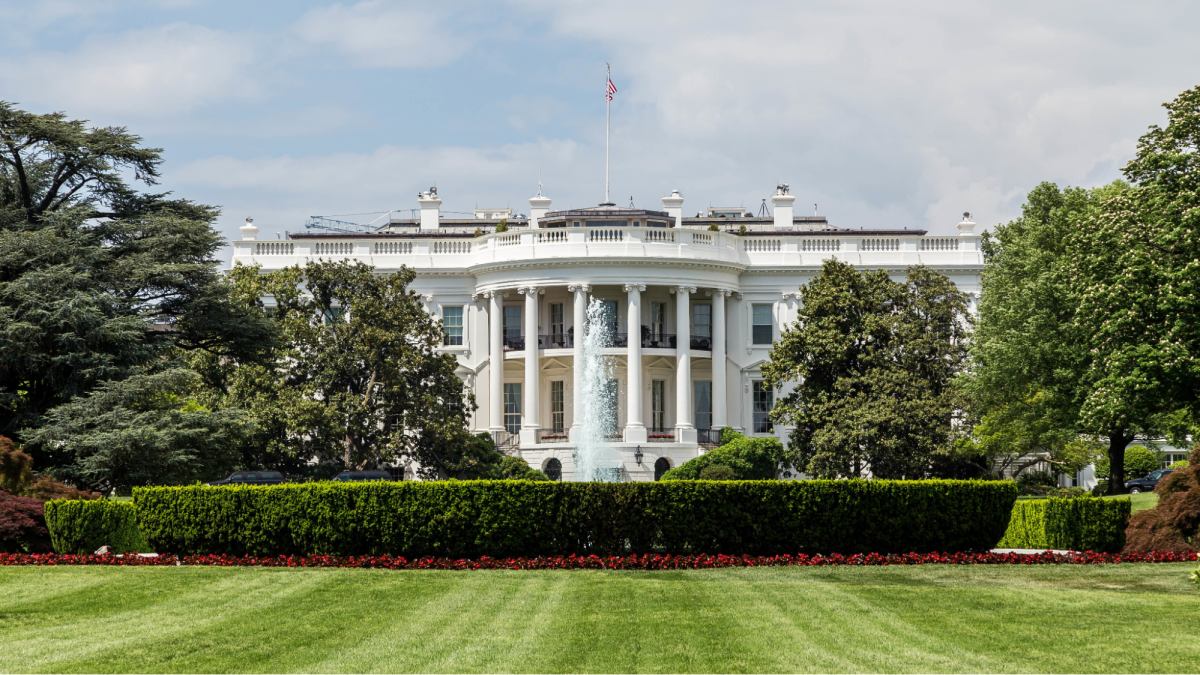As the 2024 presidential election approached, voters considered the economic policies of Donald Trump, Joe Biden, and Kamala Harris. Each administration’s decisions have shaped the nation’s economy in distinct ways, with lasting effects on growth, employment, and inflation. To show what is, was, and could have been, here are the major economic policies enacted during Trump’s presidency, Biden’s presidency, and Harris’s role as vice president, along with her economic platform for 2024.
Donald Trump: Economic Policies (2016-2020)
One of Donald Trump’s most significant economic actions was the Tax Cuts and Jobs Act (TCJA), signed into law in 2017. The TCJA lowered the corporate tax rate from 35% to 21% to encourage business investment and economic growth. While the tax cuts were intended to catalyze the economy, they benefited corporations and higher-income households. Trump’s administration also focused on reducing government interference in groups such as energy and finance. The decline of regulations was designed to lower costs for businesses and encourage investment, especially in industries like coal mining and banking.
In terms of trade, Trump implemented tariffs on goods from China and other countries, aiming to reduce the U.S. trade deficit and bring back domestic manufacturing. However, these tariffs sparked a trade war, which had mixed effects. While some industries, like steel, benefited, others—particularly agriculture—some suffered due to retaliatory tariffs. Finally, when the COVID-19 pandemic hit in early 2020, Trump signed the CARES Act, a $2.2 trillion relief package. The act provided direct payments to Americans, extended unemployment benefits, and offered loans to businesses. Despite these measures, the pandemic pushed unemployment to 14.8% in April 2020 before gradually decreasing.
Joe Biden: Economic Policies (2020-2024)
Joe Biden’s economic agenda has focused on recovery from the COVID-19 pandemic, with major initiatives such as the American Rescue Plan (ARP), a $1.9 trillion stimulus package passed in March 2021. The ARP provided direct payments to Americans, extended unemployment benefits, and granted funds for vaccines and state and local governments. Its goal was to boost consumer demand and speed up recovery from the pandemic. Biden also signed the Infrastructure Investment and Jobs Act in 2021, a $1.2 trillion package aimed at modernizing the nation’s infrastructure, including roads, bridges, and broadband access. This infrastructure initiative was expected to create jobs and improve long-term economic productivity.
However, inflation became a major issue under Biden’s presidency. Consumer prices ignited in 2021 and 2022 due to supply chain upsets, rising demand, and increasing energy costs. In response, the Federal Reserve began raising interest rates in 2022 to curb inflation, which also resulted in higher borrowing costs for consumers and businesses. Despite these challenges, Biden’s policies led to significant economic recovery, with the unemployment rate falling to 3.6% by early 2022, marking a return to pre-pandemic levels.
Kamala Harris: Economic Role as Vice President and 2024 Plans
Kamala Harris has played a role in supporting Biden’s economic policies, particularly initiatives such as the ARP and the Infrastructure Investment and Jobs Act. As vice president, she has been a vocal advocate for expanding investments in clean energy, infrastructure, and technological innovation. While much of her work has been focused on implementation rather than direct policy creation, she has supported the push for economic recovery and long-term investments in sustainable industries.
When Harris ran in the 2024 election, her economic platform was expected to emphasize infrastructure investment and the creation of green jobs – decent jobs that contribute to preserving and/or restoring the environment. She claimed to advocate for policies that promote clean energy and renewable resources, aiming to transition the economy toward sustainable growth. She focused on green jobs, as renewable energy aligns with her long-term vision of modernizing the U.S. economy through technological advancements and environmental sustainability. These priorities weren’t necessarily a part of her own ‘new’ plan, but a reflection on the continuation of Biden’s policies, with emphasis on environmental sustainability.
The Economic Legacy of Trump, Biden, and Harris
The economic policies of Donald Trump, Joe Biden, and Kamala Harris have each left a distinct mark on the U.S. economy. Trump’s tax cuts and deregulation aimed at stimulating business activity, but his trade wars and the pandemic created unpredictability. Biden’s economic recovery focused on stimulus spending and infrastructure investments, but inflation and supply chain issues have created ongoing challenges. Even Kamala Harris sought out an emphasis on clean energy and infrastructure investment which suggested a continuation of Biden’s priorities, with a stronger focus on long-term economic sustainability, if she would’ve gotten in office.
Now that voters have headed to the polls, a majority of Americans have decided that President Donald Trump’s economic vision best aligns with the future needs of the nation. On November 5th, 2024, Trump didn’t just win by a landslide in the Electoral College, but he has also won a historic popular vote. We now can expect sweeping new tariffs on imports, a freeze on climate-related regulations, a remaking of federal health agencies and ideological changes in the education system, as these are the policies in which he has promised American citizens.









